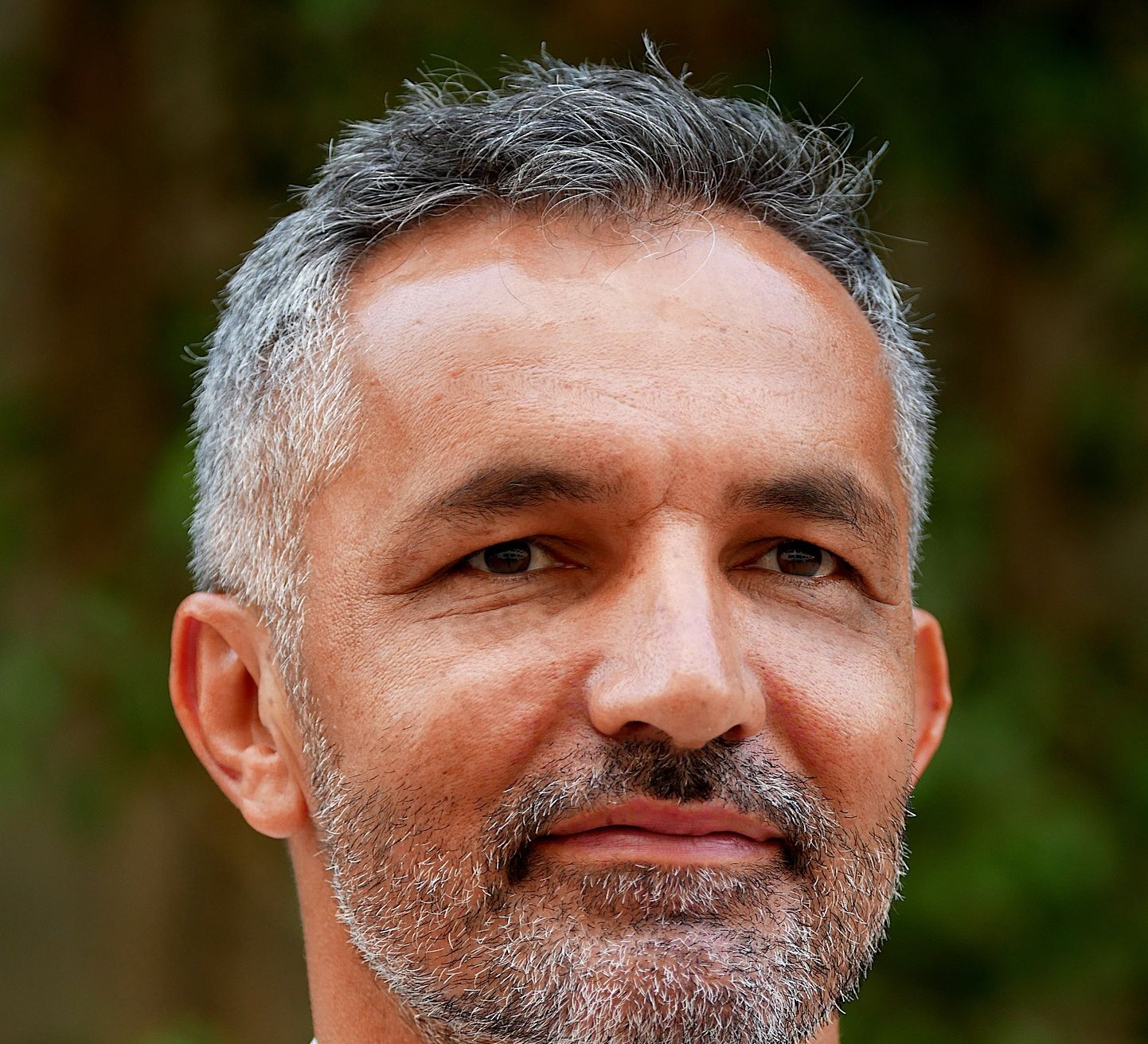 Advancements in hair restoration in recent years have provided solutions, including the innovative No-Shave FUE Hair Transplant. This technique allows individuals to undergo a hair transplant without the need to shave their heads, resulting in a more discreet and natural-looking outcome. In this comprehensive guide, we will explore the intricacies of the No-Shave FUE Hair Transplant, its benefits, candidacy, procedure, and recovery process. Let’s delve into the world of hair restoration and discover how this groundbreaking technique is transforming the industry.
Advancements in hair restoration in recent years have provided solutions, including the innovative No-Shave FUE Hair Transplant. This technique allows individuals to undergo a hair transplant without the need to shave their heads, resulting in a more discreet and natural-looking outcome. In this comprehensive guide, we will explore the intricacies of the No-Shave FUE Hair Transplant, its benefits, candidacy, procedure, and recovery process. Let’s delve into the world of hair restoration and discover how this groundbreaking technique is transforming the industry.
What is No-Shave FUE Hair Transplantation?
Hair transplants are surgical procedures designed to restore hair in areas affected by hair loss. Traditionally, hair transplant methods involved shaving the head to facilitate the extraction and transplantation of hair grafts. However, the emergence of the No-Shave FUE (Follicular Unit Extraction) technique has revolutionized the field of hair restoration.
FUE involves the extraction of individual hair follicles from the donor area, typically located at the back and sides of the scalp. These donor hairs are then meticulously transplanted into the areas experiencing hair loss. The No-Shave FUE hair transplant technique takes this procedure a step further by minimizing the need for head shaving, allowing patients to maintain their existing hair length while undergoing the transplant.
This groundbreaking approach has gained popularity due to its ability to provide natural-looking results without the visible signs of a hair transplant. By eliminating the need for extensive head shaving, No-Shave FUE offers a discreet and seamless hair restoration experience.
No-Shave FUE Hair Transplant Advantages
The HRS Atlanta No-Shave FUE Hair Transplant technique offers numerous advantages over traditional methods. Let’s explore the key benefits of this innovative approach:
One of the primary benefits of the No-Shave FUE technique is its ability to deliver natural-looking results. With minimal head shaving, the existing hair acts as a camouflage, seamlessly blending with the transplanted hair grafts. This creates a more natural appearance, making it difficult for others to detect that a hair transplant has been performed.
As performed at the HRS Hair Transplant Clinic in Atlanta, Georgia, the No-Shave FUE hair transplant is a minimally invasive procedure that reduces discomfort and scarring compared to traditional hair transplant methods. The precise extraction and transplantation of individual hair follicles minimize trauma to the scalp, resulting in minimal scarring. This aspect of the technique contributes to a more comfortable experience for patients.
Reduced Downtime and Faster Recovery
Compared to traditional hair transplant methods, No-Shave FUE offers a quicker recovery time. By minimizing the trauma to the scalp and eliminating the need for extensive head shaving, patients can resume their daily activities sooner. The less invasive nature of the procedure also contributes to reduced downtime and a more comfortable recovery process.
Choosing the No-Shave FUE hair transplant technique ensures that patients can also maintain their preferred hairstyle throughout their hair restoration journey. Since the existing hair is not significantly affected, patients can continue styling their hair as usual, without any noticeable changes. This flexibility helps individuals maintain their confidence and normal routine during the recovery period.
Determining Your Candidacy for No-Shave FUE Hair Transplant
Not everyone is a suitable candidate for a No-Shave FUE Hair Transplant. The eligibility for this procedure depends on various factors, including the extent of hair loss, hair density, and individual preferences. Here are some considerations to determine candidacy for a No-Shave FUE Hair Transplant:
- Hair Loss Stage. No-Shave FUE is most suitable for individuals experiencing early to moderate stages of hair loss. Those in Norwood 1, 2, 3, and 3-vertex hair loss stages are often good candidates for this technique. Individuals with more advanced hair loss may require alternative approaches or multiple transplant sessions to achieve the desired results.
- Hair Density and Hairstyle. Maintaining existing hair density plays a crucial role in the success of a No-Shave FUE Hair Transplant. Individuals with sufficient hair density to conceal the transplanted grafts and achieve a natural look are ideal candidates. Additionally, individuals who prefer longer hairstyles or have specific styling requirements can benefit greatly from this technique.
- General Health and Scalp Condition. Candidates for any hair transplant procedure, including No-Shave FUE, must be in good overall health. Prior to the surgery, a thorough evaluation by a qualified hair transplant surgeon is necessary to assess the scalp condition and determine the feasibility of the procedure. Good general health promotes optimal healing and successful outcomes.
It is essential to consult with an experienced hair transplant surgeon to evaluate your specific situation and determine if you are an ideal candidate for a No-Shave FUE Hair Transplant.
How No-Shave FUE Hair Transplants Work
The No-Shave FUE Hair Transplant procedure involves several key steps, from harvesting donor hair to implanting hair grafts. Understanding the process can help individuals make informed decisions and prepare for their hair restoration journey. Let’s explore the various stages of the procedure:
Harvesting Donor Hair with Precision. In the No-Shave FUE technique, the surgeon carefully selects donor hair follicles from the back and sides of the scalp, which are often resistant to hair loss. Unlike traditional methods that require shaving the entire donor area, only the necessary donor hairs are trimmed short. This allows the surgeon to extract the follicles without affecting the surrounding hair.
Using specialized punch tools, typically ranging from 0.8 to 1 millimeter in size, the surgeon extracts individual hair grafts with precision. These grafts contain one to four healthy hair follicles, depending on the specific requirements of the patient. The extraction process is performed in a scattered pattern to ensure a natural distribution of the transplanted hair.
Creating a Natural Hairline. During the No-Shave FUE Hair Transplant procedure, the surgeon pays meticulous attention to designing a natural-looking hairline. The hairline is a crucial aspect of a successful hair transplant, as it determines the overall aesthetic outcome. By considering factors such as facial symmetry, hair direction, and density, the surgeon creates a hairline that blends seamlessly with the existing hair and enhances the patient’s facial features.
Implanting Hair Grafts for Optimal Results. After the donor hairs have been harvested, the surgeon proceeds to implant the hair grafts into the recipient areas experiencing hair loss. The recipient sites are carefully created to accommodate the transplanted grafts, ensuring an even distribution and natural appearance. The existing non-shaved hair in the recipient area helps conceal the transplanted follicular units, further enhancing the natural look of the final result.
The surgeon strategically places each graft, considering factors such as hair direction, angle, and density. This attention to detail ensures that the transplanted hair blends seamlessly with the existing hair, creating a harmonious and aesthetically pleasing outcome.
FUE Hair Restoration Specialists in Atlanta
When considering a No-Shave FUE Hair Transplant, it is essential to consult with an experienced and skilled hair transplant surgeon. The surgeon’s expertise, precision, and ability to design an appropriate hairline/restoration significantly influence the success of the procedure. By selecting a qualified surgeon such as those at our partner facility HRS Hair Restoration Specialists in Atlanta, and carefully following your post-treatment guidelines, you can embark on a hair restoration journey that restores not only your hair but also your self-confidence.
Recovery and Post-Treatment Care
After undergoing a No-Shave FUE Hair Transplant, proper post-treatment care is crucial for optimal healing and hair growth. Following the guidelines provided by your hair transplant surgeon ensures a smooth recovery process. Let’s explore some essential aspects of recovery and post-treatment care:
To promote healing and stimulate hair growth, it is recommended to mist the hair with saline or water using a spray bottle four times a day. This helps keep the scalp hydrated and aids in the healing process. Additionally, it is important to avoid direct shower spray on the transplant area for the first three days. Instead, pouring water onto the scalp from a cup can be a gentle alternative for cleaning the area.
Using a gentle shampoo that does not contain alcohols is essential to maintain scalp health and support hair growth. It is advisable to consult with your hair transplant surgeon for specific shampoo recommendations. Avoiding strenuous exercise and heavy lifting for two weeks minimizes the risk of complications and allows the scalp to heal properly.
Following the post-treatment guidelines provided by your hair transplant surgeon is crucial for successful outcomes. These guidelines may include avoiding certain activities or medications that could interfere with the healing process. It is important to follow instructions regarding hair washing, combing, and styling to ensure the grafts remain secure and undisturbed.
If prescribed, medications such as minoxidil or finasteride may be recommended to promote hair growth and prevent further thinning in other areas of the scalp. Regular follow-up appointments with your surgeon allow for monitoring the progress of hair growth and addressing any concerns or questions you may have.
The Longevity of No-Shave FUE Hair Transplant Results
One of the key considerations for individuals undergoing a No-Shave FUE Hair Transplant is the longevity of the results. While the transplanted follicles are permanent and will continue to grow and produce hair, it is important to understand the potential effects of hair thinning over time.
The transplanted hair follicles are typically resistant to the hormone dihydrotestosterone (DHT), which is responsible for hair loss. This resistance is known as donor dominance. By relocating DHT-resistant hairs from the back and sides of the scalp to areas experiencing thinning, the transplanted hair continues to grow and behave like natural hair.
Addressing Progressive Hair Thinning
Hair loss is generally a progressive condition, even for individuals who do not have male-pattern baldness. Over time, the existing hair in the recipient area may continue to thin. While the transplanted follicles maintain their resistance to DHT, it is important to manage expectations regarding overall hair density in the long term.
To address progressive hair thinning, your hair transplant surgeon may recommend additional treatments or procedures. These may include follow-up No-Shave FUE sessions to maintain the thickness of the restored hairline or adjuvant medical therapy to preserve hair density and slow down the balding process.
Natural-Looking Results
The No-Shave FUE Hair Transplant technique has revolutionized the field of hair restoration, allowing individuals to undergo a hair transplant without the need to shave their head. With its discreet and natural-looking results, reduced downtime, and flexibility in hairstyling, the No-Shave FUE technique offers a transformative experience for those seeking to restore their hair.
If you are interested in evaluating No-Shave FUE Hair Transplantation as a viable hair restoration option, we invite you to contact us today to schedule a free hair loss evaluation and learn more about this game-changing, lifelong hair restoration solution for men and women.


